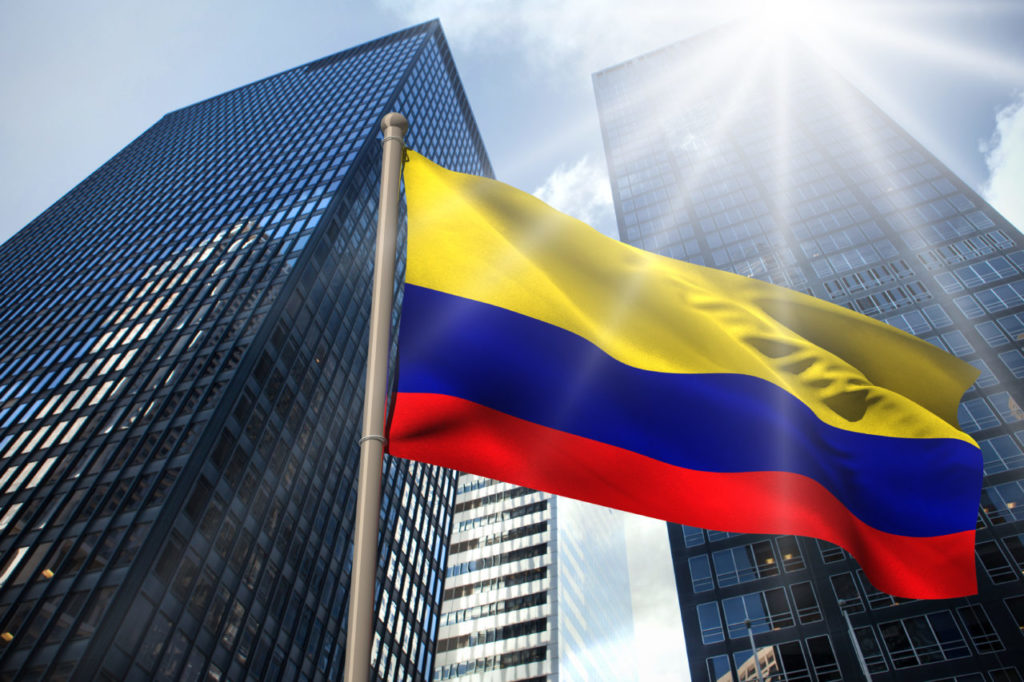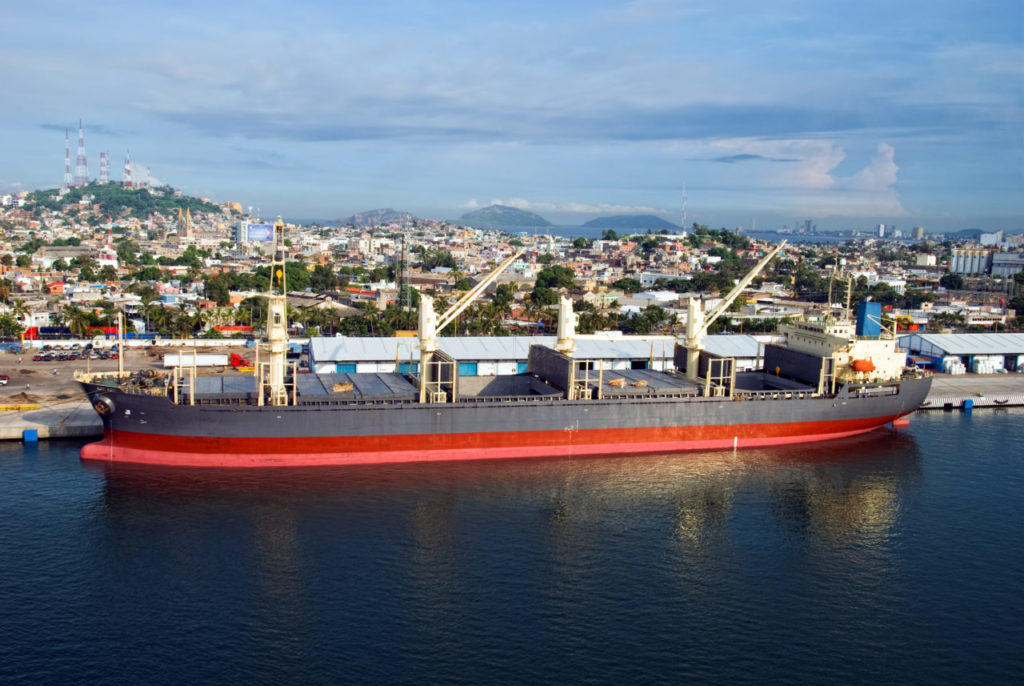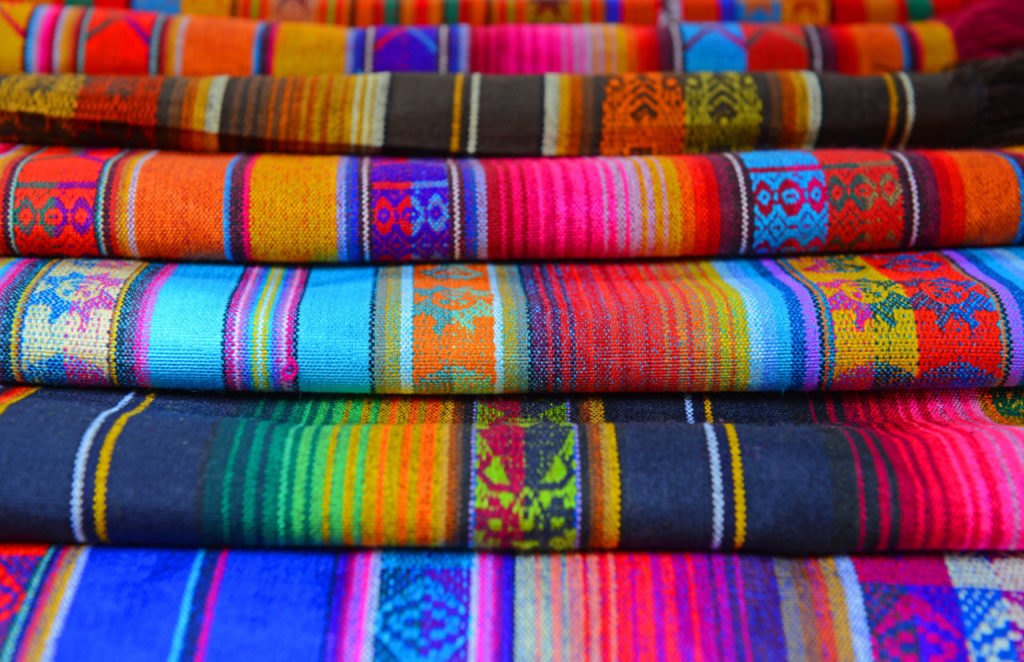Join GlobalBizzNetwork and start your international business network today.
Colombia

Colombia is one of the most attractive economies in Latin America for international markets and foreign investment. However, it presents some challenges in terms of tax, accounting, regulatory and foreign exchange. As signatory to 13 commercial agreements, Colombia receives preferential access to a market of 1.5bn consumers for companies investing in the country to access Latin America.
Columbia is a member of the Pacific Alliance, which was created seven years ago, and includes Peru, Mexico and Chile. This group totals 57% of Latin America’s foreign trade and 41% of total foreign investment in the region. The Pacific Alliance is an initiative of political, economic and regional cooperation and integration.
These countries’ growth expectation for 2018 is higher than the average for Latin America and the Caribbean, according to the International Monetary Fund (IMF). The IMF expects the economy of Columbia to grow by 3%. But the complex fiscal and regulatory environment can make exploring the many opportunities at hand a tricky endeavour, which is why having local help on board is essential in order to make the most of your Colombian venture.
Since the early 2010s, the Colombian government has shown interest in exporting modern Colombian pop culture to the world (which includes video games, music, movies, TV shows, fashion, cosmetics, and food) as a way of diversifying the economy and entirely changing the image of Colombia; a national campaign similar to the Korean Wave. In the Hispanic world, Colombia is only behind Mexico in cultural exports and is already a regional leader in cosmetic and beauty exports.
The number of tourists in Colombia grows by over 12% every year. Colombia is projected to have over 15 million tourists by 2023.
Business opportunities in Colombia
Manufacturing – Domestic Appliances
Although Colombia has been producing domestic appliances since the 1930s, it wasn’t until the late 1990s that Colombian corporations began exporting to neighboring countries. Colombia also manufacturers for foreign companies as well, such as Whirlpool and GE.LG has also been interested in building a plant in Colombia. Colombia is also Latin America’s 3rd largest producer of appliances behind Mexico and Brazil and is growing rapidly.
Electronics
Colombia is a major producer of electronics in Latin America, and is South America’s 2nd largest high-tech market. Colombia is also the 2nd largest producer and exporter of electronics made by domestic companies in Latin America. Since the early 2000s, major Colombian corporations began exporting aggressively to foreign markets. In 2014, the Colombian government released another national campaign to help Colombian companies have a bigger share of the national market.
Construction
Construction recently has played a vital role in the economy, and is growing rapidly at almost 20% annually. As a result, Colombia is seeing a historic building boom. The Colombian government is investing heavily in transport infrastructure through a plan called “Fourth Generation Network”. The target of the Colombian government is to build 7,000 km of roads for the 2016-2020 period and reduce travel times by 30% and transport costs by 20%. A toll road concession program will comprise 40 projects, and is part of a larger strategic goal to invest nearly $50bn in transport infrastructure, including: railway systems; making the Magdalena river navigable again; improving port facilities; as well as an expansion of Bogota’s airport. Long term plans include building a national high-speed train network, to vastly improve competitiveness.
Agriculture
Agriculture has nevertheless remained an important source of employment, providing a fifth of Colombia’s jobs in 2006.Colombia’s industries include textiles and clothing, particularly lingerie, leather products, processed foods and beverages, paper and paper products, chemicals and petrochemicals, cement, construction, iron and steel products, and metalworking. Its diverse climate and topography permit the cultivation of a wide variety of crops. In addition, all regions yield forest products, ranging from tropical hardwoods in the hot country to pine and eucalyptus in the colder areas.








